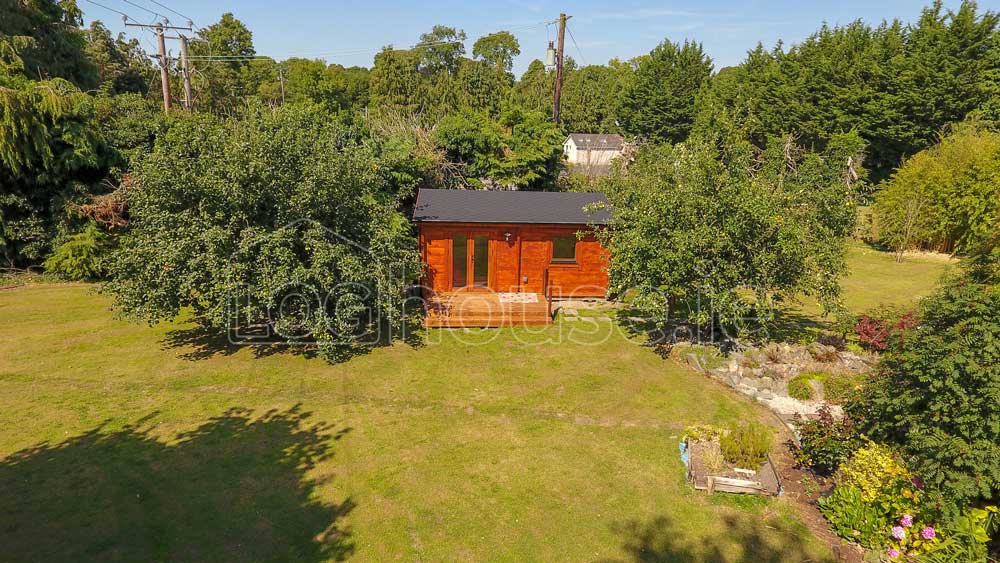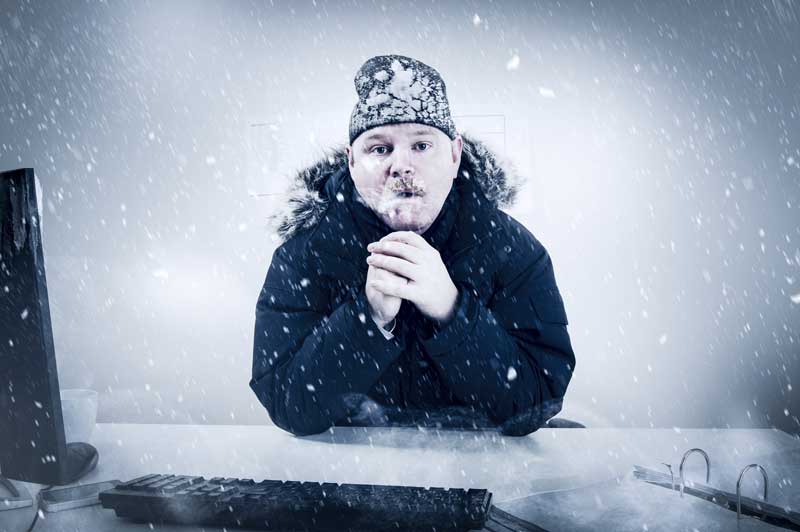Knowing how to keep your log cabin warm is the first thing to learn before moving in. Here’s everything you need to know about log cabin heating.
Loghouse cabins can make beautiful extensions to your home. Add an elegant garden log cabin or a one-of-a-kind guest house to your property. Alternatively, surprise your spouse with their own on-property private getaway for an unparalleled birthday present.
However, owners should consider all of the facts involved in log cabin heating before adding the extension to their home.
Using the right log cabin heating system and having a log cabin designed for maximum heating efficiency can be the difference between a warm, comfortable retreat and a frigid icebox.
Before you build, check out these 8 facts about log cabin heating!
Log Cabin Heating Tips
Before we get into the facts about log cabin heating, let’s first talk about some tips you should follow for your Loghouse cabin. Following these quick tips will maximize your heating efficiency and ensure safety.
Avoid Wood Fire Stoves
Loghouse cabins are perfect for all forms of conventional heating. However, cabin owners should avoid using traditional wood stoves, as they can represent a potential safety issue.
Lock the Windows
Locking the windows generally tightens them down, creating a better seal. Keep them locked to reduce air leaks and drafts.
Let the Sun In
On sunny days, open the curtains and blinds. The sun pouring into a room, even on cold days, can add significant heat.
Use Thermal Curtains
During hotter seasons, Loghouse cabin owners can use thermal curtains to block the sun and act as insulation against the extra heat! They also help prevent cool air from leaving through the windows.

1. Insulation
Insulation is important for any interior space, including in log cabin heating.
Loghouse cabins are designed from head to toe specifically for the Irish climate.
They boast damp-proof membranes and extra window seals and sealants. Loghouse foundations are designed to prevent moisture from seeping into the structure ensuring a longer lifespan of the building and preventing mould, mildew, and wood rot.
2. The Battery Effect
The battery effect that occurs in log cabin heating is an amazing natural effect unique to log cabins.
As the sun beats down on the logs all day, they retain heat. Additionally, the logs absorb heat from your internal heating source. As night falls and the temperatures drop, the heat begins to leave the log walls, some of it returning into the interior space.
This battery effect can increase the log walls’ R-value three to four points. For Loghouse cabins, which are already made specifically for the Irish climate, it just helps you cut down on your heating bill!
3. Window Placement
Buildings with large south-facing windows show to be more cost efficient for heating your space. During the day, the sun pours in through the windows (assuming you leave the curtains open) and generates warmth throughout the building. In fact, about 76% of the sunlight that enters through windows becomes heat.
4. Window Quality
An important log cabin heating factor to consider is the quality of the windows you choose. For example, single pane glass is not temperature efficient in the heat or the cold.
There are several options to consider with windows.
- Framing
- Wood framing has the best R-value but requires more maintenance
- Glass
- Larger panes of glass allow maximum sunlight into the interior space
- Gas-filled and spaced window panes give the best insulation against outside weather
- Glaze
- Different types of window glazes have different heating and cooling effects
5. Moisture Control
Unmanaged moisture is the ultimate enemy of any log cabin.
First, any absorbed moisture will begin to grow mould, create rot, and attract insects. As far as your log cabin heating goes, unproperly treated log walls will also begin to develop air gaps, letting in cool air and releasing heat.
Luckily for you and any others who are looking at Loghouse’s cabins, moisture control won’t be something you need to worry about. Loghouse designs 100% of their cabins, including materials, for the Irish climate.
Your cabin will be perfect as is!
6. Foundation
All potential log cabin buyers should refer to a checklist to ensure they are getting a safe and secure building from a reputable company.
For example, a major overlooked factor concerning log cabin heating is floor insulation.
Many log cabins sit atop concrete slabs or over floor trusses. Either way, without insulation, significant heat will be lost through the floor. The earth beneath your floor can and will absorb the heat from your building all day long.
Loghouse cabins include 100mm floor insulation and helps keep the heat at your feet.
7. Air Gaps
Chinking is used to fill the gaps between logs as well as the gaps between logs and other materials. Caulking is used to seal any small cracks or holes between windows, doors, and other features of the building.
Fortunately, Loghouse cabins are built with the best materials specifically designed for the Irish climate. Air gaps are one on the list of many problems you won’t have to worry about!
8. Heating Options
Finally, consider the many different log cabin heating options.
In most cases, electric space heaters are a good option. In your cabin extension, small storage heaters are a great choice, as Loghouse cabins are easy to heat and maintain their heat well.
Alternatively, there are other options such as radiant heated floors, forced air systems, gas-fed fireplaces, etc.
Not all cabin owners will have the luxury to choose whatever system they like. However, for those who can, consider the climate, the costs involved with each choice, and the availability of fuel in your particular location.
The Right Log Cabin for You
Finding the right log cabin is more than just looking at log cabin heating specifics. There’s a lot that goes into it!
At Loghouse, we provide options, information, and assistance. Our goal is to give you high-quality products, whether as a retreat, a man cave, a permanent residence, or a yoga studio. Your happiness is our business!
Take a look at our catalogue to see what types of log cabins we can offer you, or find out more about us here!
Have you read our article: Log Cabin Office

